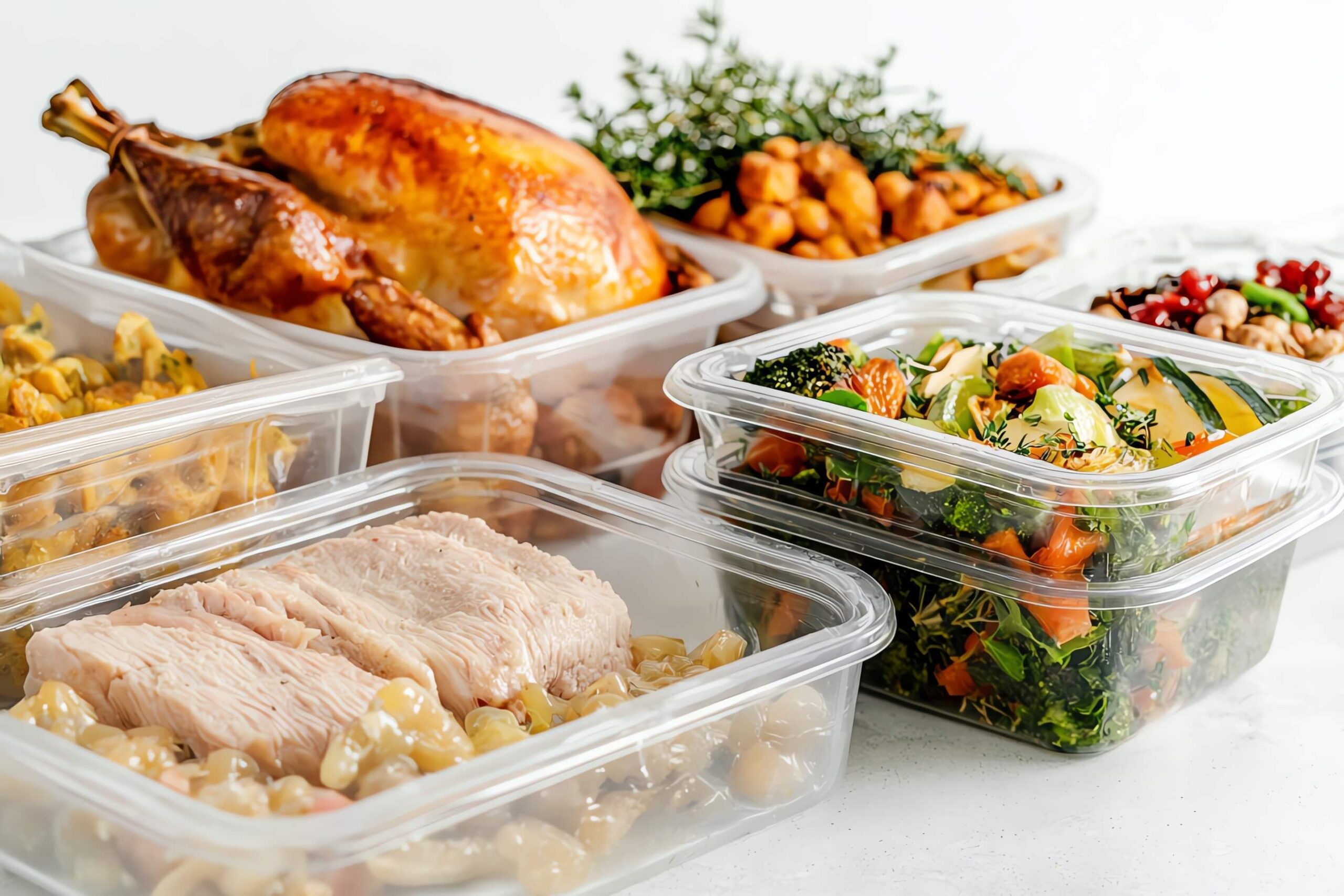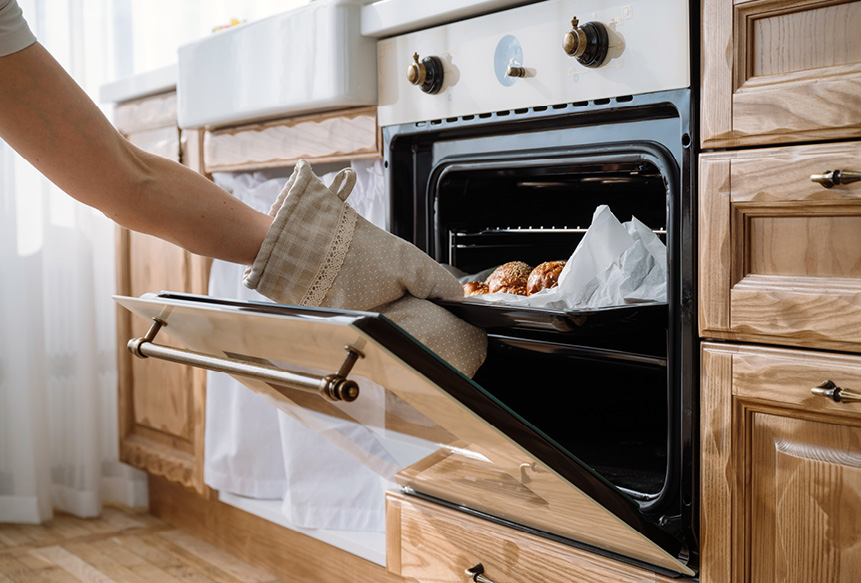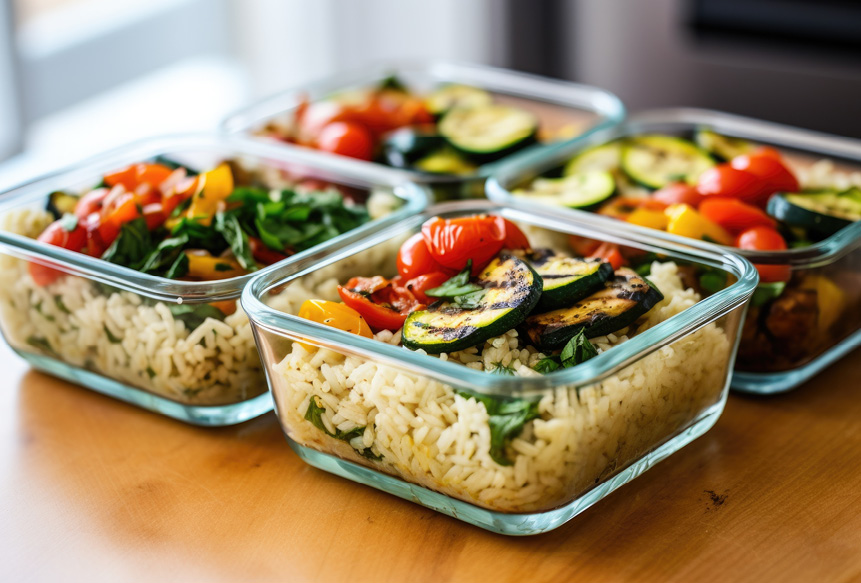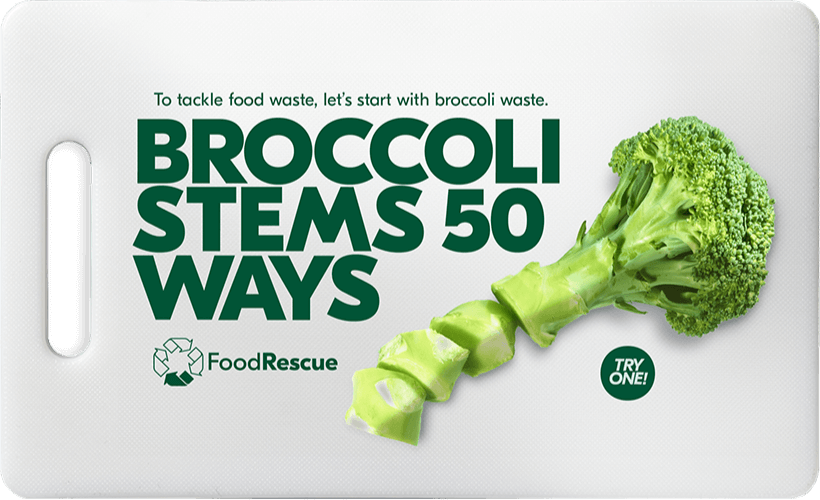The turkey’s giblets and bones are tossed straight in the trash, but, using the whole turkey in all of its glory is a delicious [SP2] way to prevent food waste his holiday season. For the first-timer, using the whole turkey may be a little intimidating. With a few tips and tricks, you’ll learn how to use the entire bird for a memorable family feast – and for days of reimagined leftovers.
The benefits of using the whole turkey
Using the whole turkey – for everything from comforting turkey gravy and turkey stock, to creative dishes made with leftovers – helps reduce food waste. According to the National Zero Waste Council, 63% of food in Canadian household’s waste, is avoidable; meaning, it was edible at some point before being thrown in the trash or composted. The holidays are a particularly wasteful time, but using all parts of the turkey plays a small part to help reduce household waste.
In addition to the taste and waste factors, using the whole turkey to make turkey broth produces homemade collagen protein, something known to benefit the joints and skin.
“If you cook the bones from the meat for anywhere from six to 24 hours, the cartilage and connective tissue converts into collagen protein that remains intact in the broth even after you strain it (according to the Harvard School of Public Health),” [SP5] says registered dietician Alissa Steinberg. “That’s a huge benefit, because finding collagen nowadays is more accessible. Making it from scratch as a whole ingredient is less inflammatory and more cost effective.”
According to the National Zero Waste Council, 63% of food in Canadian household’s waste, is avoidable
Organ meat is also known for its nutritional value. Liver, in particular, is high in vitamin B12 and iron.
“For those experiencing low iron or low B12, organ meats are one of the best ways to ramp up the intake of these,” says Steinberg. “If you have the appetite for it, the liver is a very nutrient-rich part of the turkey.”
Turkey organs
If you’ve ever stuffed a turkey, you’ve likely discovered a bag of parts hanging inside the bird’s cavity. These are the giblets, or the turkey’s organ meat: the gizzards, heart, and liver. These turkey organs may be chopped and simmered with vegetables, used to make paté , included in stuffing mixtures, or fried like traditional liver. Most commonly, the neck, gizzards, heart, and liver are used to help elevate turkey gravy.
How to make turkey gravy
“Turkey organs take gravy to the next level on the flavour front.
“Sauté the organs and neck in the drippings from roasting the turkey – and when you use the drippings, skim as much fat off as possible,” says Alex Lombardi-Hartig, a product development specialist at Sobeys. “Maybe add a little butter, and whisk in some flour, and you’ll get a natural thickener that’s a paste consistency. You’re essentially creating a roux. Then, add a low-sodium stock – turkey, chicken, veggie, or mushroom stock – I use a combination of chicken and vegetable. Before that, you can deglaze with a little bit of white wine.”
Consistency is easily adjusted. “If it’s too thin, add more roux; if it’s too thick, thin it out with more stock,” says Lombardi-Hartig. He says consistency and colour can be off in many homemade gravies. “Sautéing and cooking off the organ meat and neck will give you that caramelization and colour you’re looking for,” says Lombardi-Hartig. “The deglazing process after that will make sure you capture all that colour and flavour from the pan. I like to finish with cream, sometimes butter, and some thyme leaves. Cream offers richness and butter will give you that sheen and shine.”
A heavier hand on the cream may result in a lighter coloured gravy. But there’s a quick fix for that. “A chef’s trick is to add coffee for colour,” says Lombardi-Hartig. “Make an espresso or cup of coffee and add it in slowly to darken the gravy. Start with a tablespoon.” To be on the safe side, opt for decaffeinated
If you have the appetite for it, the liver is a very nutrient-rich part of the turkey.
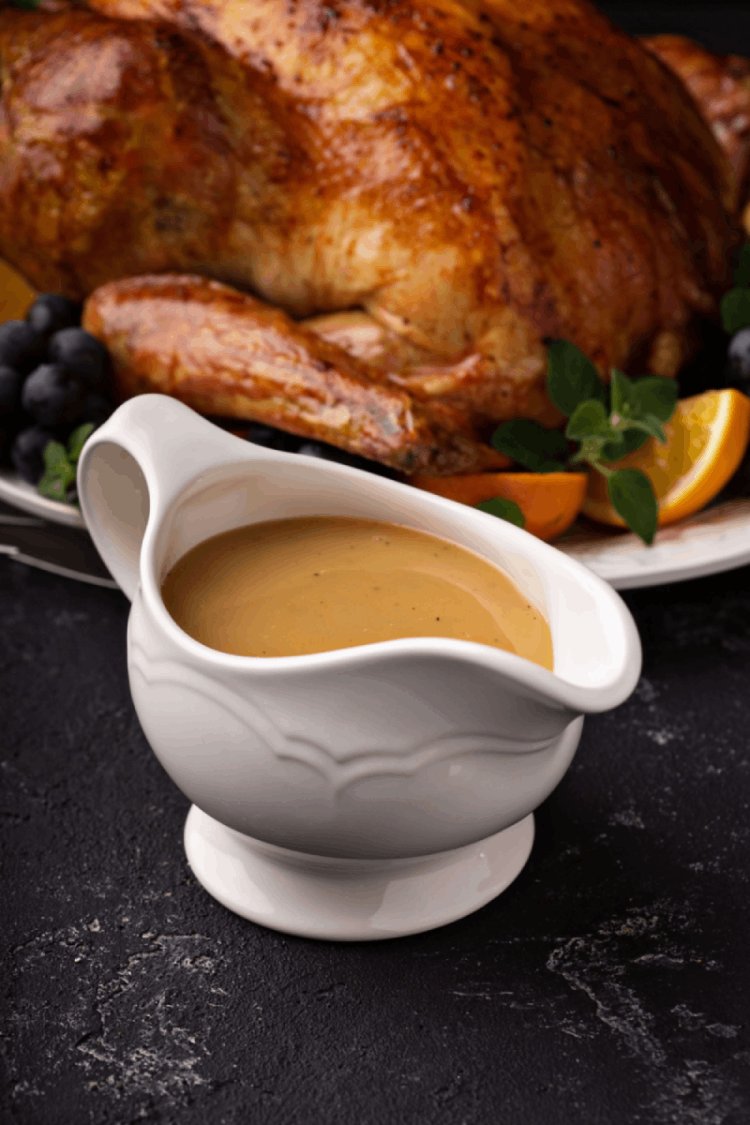
Turkey Bones
Think twice before you toss those turkey bones. Turkey bones can be used for things like turkey carcass soup and turkey stock. Turkey stock can be made with both raw bones (the more traditional option) and cooked bones and is used to flavour soups and gravies. “It’s about taking things that you normally wouldn’t utilize and essentially making flavoured water,” says Lombardi-Hartig.
How to make turkey stock
To make a stock, remove as much meat as possible from the turkey carcass and place it in a pot with water. It’s important to begin with cold water, before it’s brought to a boil and dropped to a simmer.
“A traditional mirepoix goes in the pot with the carcass – white or Spanish onions, leek, carrots, and celery – with things like garlic cloves, bay leaves, whole peppercorn, and herbs like parsley or thyme,” says Lombardi-Hartig. “I like to reserve salt until the end. That’s based on how much you’ve reduced: the more you’ve reduced, the more water you’re evaporating. Essentially, you’re concentrating all that flavour into a delicious broth. So, I keep salt for the last step.”
Lombardi-Hartig says simmering for about three hours does the trick. “Then, strain it, chill it, and scrape the fat off the top,” he says. “It will be almost gelatinous. That’s the indication of a really good stock; when the stock itself at four degrees Celsius, straight out of the fridge overnight, is gelatinous. That indicates you’ve extracted a lot of the fat and marrow from the bones.”
Try combining all leftovers – turkey, stuffing, cranberries, brussels sprouts, and mashed potatoes – together as a mix and making a stuffed butternut or acorn squash.
Turkey leftovers
Turkey leftovers don’t have to mean only soup and sandwiches for days (but those are great as well).
“Leftover turkey can be used for wraps, chili, chowder, curries, calzones, pizza, pot pies, pasta bakes, stir fries, casseroles, or in a breakfast dish,” says Lombardi-Hartig. “Wherever you’re comfortable using chicken, you can use turkey.”
To shake up turkey flavours post-family meal, Steinberg recommends creating dishes like a spicy Mexican-inspired turkey tortilla soup. Furthermore, she encourages home cooks to make their own marinades for flavour variety – “things like cilantro lime or balsamic basil work well,” she says – and freeze parts of the turkey in them in freezer bags for tasty meals long after the holiday dishes are done.
Steinberg also recommends taking advantage of seasonal ingredients. For example, she suggests combining all leftovers – turkey, stuffing, cranberries, brussels sprouts, and mashed potatoes – together as a mix and making a stuffed butternut or acorn squash. Speaking of seasonal, for comforting soups, stews, and sauces as we move into the colder months (yum!), freeze the turkey stock in mason jars, baggies, or ice cube trays.
General turkey tips and tricks
In general, a few tips can make for a turkey that leaves guests both impressed and satisfied. Brining – submerging the turkey into a solution of salt and water – adds flavour from the inside out.
“My go-to turkey brine is honey, peppercorn, garlic, sage, citrus, thyme, parsley, and rosemary,” says Lombardi-Hartig. “All of the ingredients go into a pot of salt water. Make sure everything is dissolved. Chill it down and put your bird in that brine for anywhere between 24 and 48 hours. Once the turkey is cooked, it will be juicy and succulent.” Once the skin is dry, he recommends “aggressively seasoning” with salt and pepper.
For the crispy skin-lovers, Lombardi-Hartig offers a trick of the trade. “Prior to roasting, run your hand or fingers between the skin and the meat, separating the two,” says Lombardi-Hartig. “As a chef’s trick, we like to rub butter between the flesh and the skin itself, as well as on the exterior.”
Balancing this out, Steinberg suggests creating twists on holiday dishes. “For example, combine mashed cauliflower with mashed potatoes,” she says. As for the first-time turkey cookers, Steinberg says that a basic thermometer and YouTube can help.
So can Sobeys. We’re your one-stop shop for hosting that delicious family feast – whole turkey and all.

